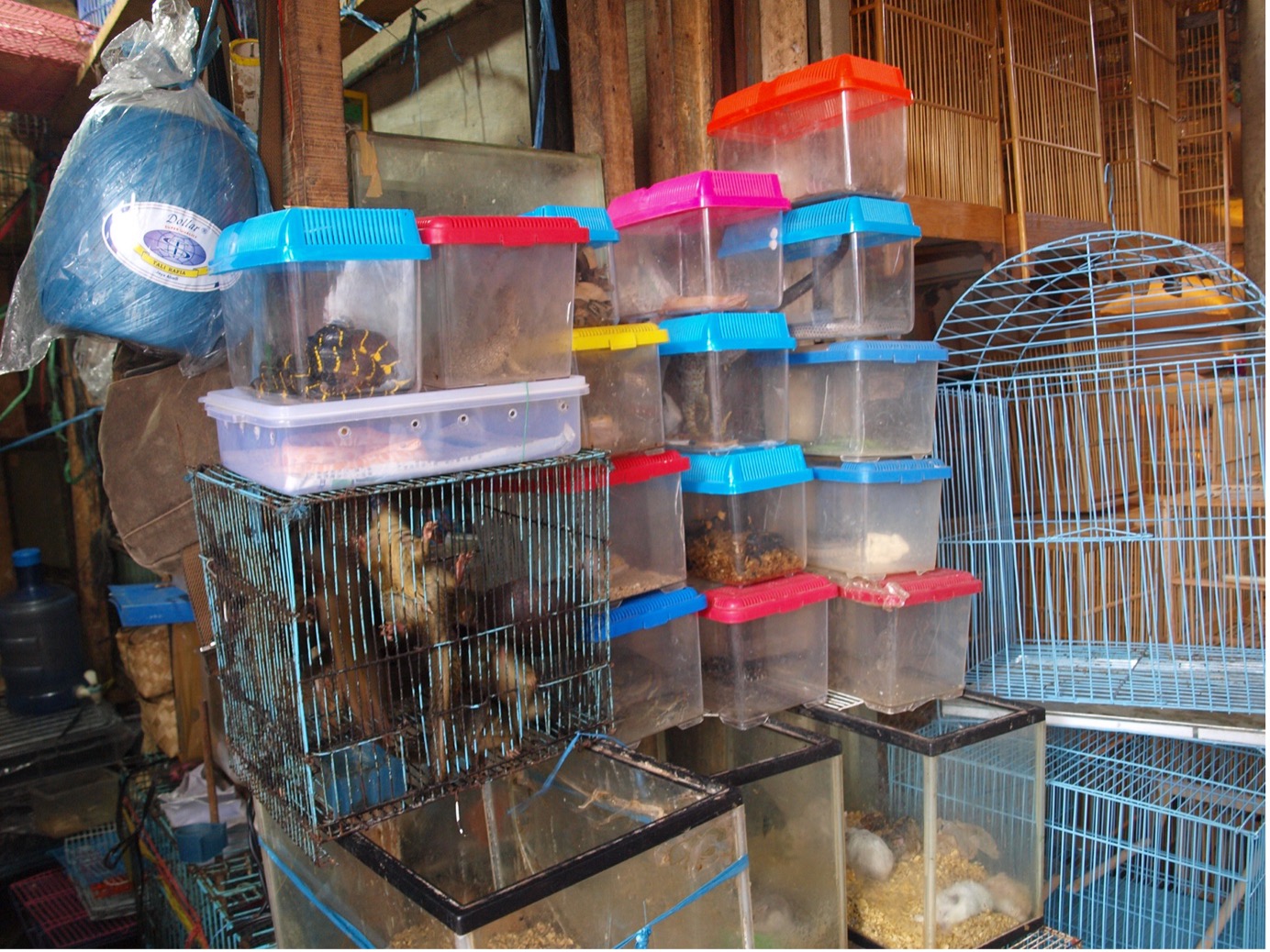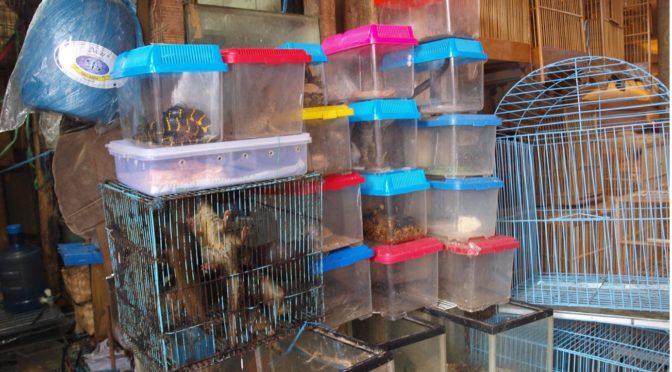Hello, my name is Jacob Callicott, I am a final year anthropology undergraduate at Oxford Brookes University. I would like to introduce a short series of Friday blogs that I will be uploading to Little Fireface Project (LFP), they will highlight the impact social media, notably Instagram, is having on threatened species in captivity and in the wild. Building on existing blogs from LFP on correct approaches to wildlife online, such as this detailing the threats Slow Lorises face from being ‘cute’ from LFP on correct approaches to wildlife online. The chief aim of this blog series is to make contemporary conservation research into digital spaces more accessible for a wider demographic than academics. This introductory blog will outline the schedule of the blog series, covering key topics that will include the role of celebrities and influencers, exotic pets as photo props, the exotic pet trade online, and social media policy.
Celebrities and Instagram influencers are dominating platforms such as Instagram, seen as aspirational, masses of followers interact with their content. Occasionally, these popular individuals feature threatened species on their pages in a variety of contexts. Despite usually positive framing, the manipulation of threatened exotics can hinder conservation efforts and manufacture a culture of misinformation. Famed status is flaunted, often disregarding local laws as shown with the case of Rihanna. In this instance, there was a positive outcome, with two individuals facing arrest over their involvement with illicit trade of exotics but the negative consequences of this content must not be overlooked. This topic, the extent incorrect placement of threatened species and poor husbandry practices are harmful will be further explored next week.

The next entry will explore the world of animals as photo props. A consequence of viewing inappropriate images of exotic animals online can be an increased demand for physical interaction. Tourism in the likes of Thailand is fuelled by photo opportunities that will be later shared across various social media platforms such as Instagram. A chief attractor are exotic animals at honey pot tourist sites. These sites are usually set up poorly with little regard to the five freedoms, and species can range from orphaned primates to herds of elephants at imitation sanctuaries. Read more about this here.
Devasting trade of threatened species wreak havoc on wild populations and individual animal welfare will then be discussed. The vast nature of online markets needs a greater focus. The online market is growing exponentially, amateur tradespeople are utilising easily manipulated algorithms and a less regulated space to exploit already threatened species. This is done so through clever hashtags and glorifying exotic animals as pets. Traded species are often mislabelled and pictured in grossly inappropriate, domestic settings; an image of domestic exotics as pets is formed. Frequently, animal descriptions are brief and require no certification to purchase. Not to mention the trade of threatened species in this manner is illegal.
The final entry will explore existing policy. This blog will address Instagram’s ineffective social media policy enabling the spread of misinformation by influencers, frequent cases of exploitation, and ease of amateur tradespeople mobilising illicit activity via less visible trade routes. Sadly, too frequently there are cases whereby inappropriate Instagram content is unregulated, see this recent example from the US which evidences how a Jaguar cub, once used a photo prop on Instagram became an advertisement, sold, and later abandoned. This entry will offer suggestions to make existing policy more robust, and more effective.
In summary, this blog series will make simple contemporary conservation issues online. It will provide a reference point for lay social media users on how to interact with threatened species online. Readers will be better equipped with the skills needed to address and report inappropriate postings, raising awareness for wider ecological impacts of social media.
See you next Friday!
Further reading

